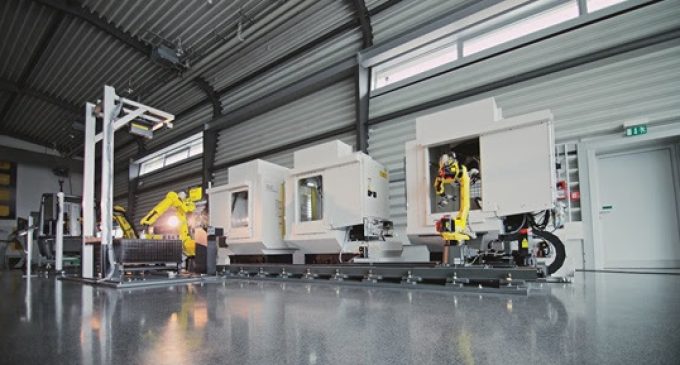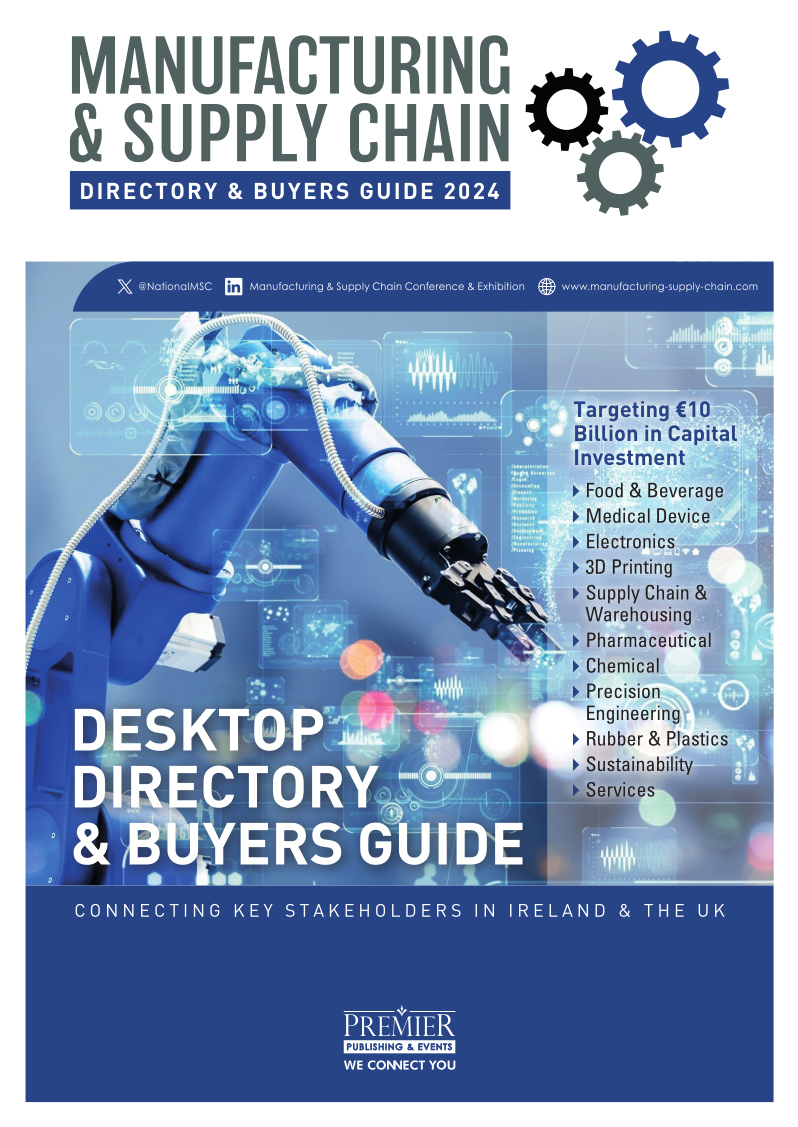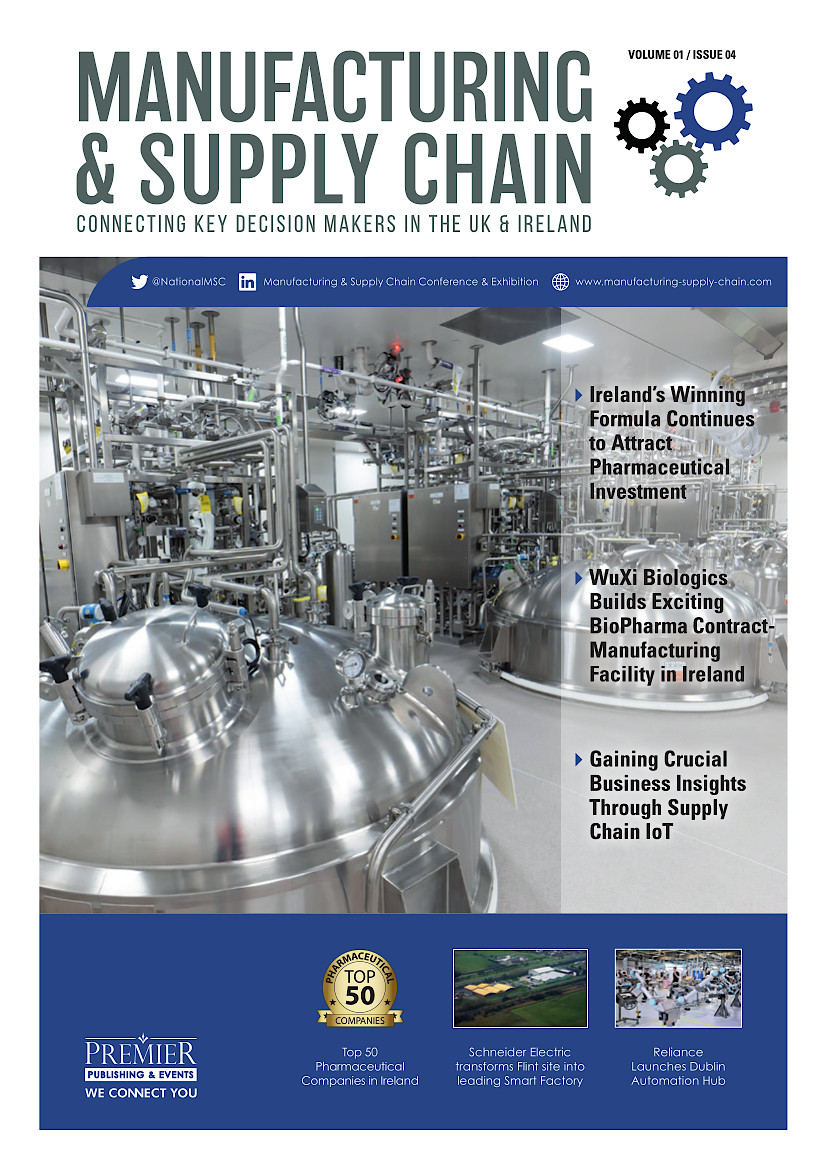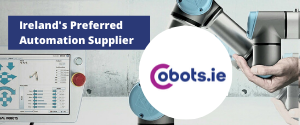Busting the automation myths: 7 reasons to embrace robotics

By Carl Patrick, Robot Sales Manager – Machine Tool Automation, FANUC UK
The UK is currently the world’s sixth largest economy and eighth largest manufacturing nation[1]. But despite being the third biggest aerospace manufacturer, and boasting a world-leading premium automotive sector, there remain concerns around labour shortages and our low productivity rate. These issues are – and always have been – linked to automation.
In order to remain competitive, industrial companies need to produce more goods, to a higher quality and in less time. Since the first industrial revolution through to the current fourth iteration, automation has been proven to boost productivity. Yet whereas the UK was once the world leader in its adoption, we now rank a lowly 25th in the world for robot density, with 98 robots per 10,000 workers. Germany, the leader in Europe, boasts 415[2].
There are some signs of improved take-up, however; 2,534 new robots were installed in the UK in 2022 – 54% more than in 2015. But the productivity gap persists and reluctance to invest in automation is still a major challenge, especially among SMEs. Much of the lingering reluctance is around a long-held fear of automation, largely based on myths that are well past time for busting. Here, we counter seven of the most popular misconceptions around robotics and explain why there’s never been a better time to make the move to automation…
Myth #1: Automation solves everything
Automation is not a magic bullet. If a manufacturer is looking to solve a bottleneck, then automating the process will just mean parts arriving at the bottleneck faster, exacerbating the issue. And nor will problems with quality and consistency be solved simply by installing a machine.
Instead, factory owners should seek advice from an automation expert, such as FANUC or one of our system integrator partners, about their exact needs and what they want to achieve. We can help to identify problems with existing processes and advise on how best to employ automation to deliver the required objectives: greater efficiency, shorter cycle times, more consistency and higher quality, leading to improved competitiveness and profitability.
Myth #2: Automation is too complicated
It really doesn’t have to be. Businesses can start small, with simple functions such as a palletising/depalletising cell, and progress from there. Our automation experts can help identify where manufacturers can get a good return, quickly.
When it comes to operation, this doesn’t have to be complicated, either. FANUC’s user-friendly software tools – such as FANUC Ladder III, FANUC PICTURE and C-Executor – feature command systems with drop-down menus and choice paths that look comfortingly familiar, making them extremely user-friendly.
Myth #3: Automation will replace valued employees
The right automation solution will replace tasks, not people. The best way to approach a robotics project is to look at what is happening already and identify ways to do it better. Automating processes that are dull, dirty or dangerous helps reduce staff injuries and overcome quality issues born of boredom, freeing up employees to take on more value-added tasks. This can improve staff retention rates, boosting morale and positively impacting productivity.
Automation can also help to capture experienced employees’ expertise. A successful project will involve talking at length to the people who carry out the task and discussing with them how to do it better. By actively engaging shop floor workers, their expertise can be retained. This last point is particularly pertinent, given that almost one fifth of employees in the UK manufacturing industry is aged 55 or over, with 20% of the workforce set to retire within the next decade[3].
Myth #4: Why fix something that isn’t broken? Our current equipment has been working fine for decades…
Great! There’s no reason why embracing automation should require any company to ditch their current equipment, especially if it is working well. FANUC robots are regularly integrated into existing lines, complementing older machinery to enhance working practices and increase efficiency and boost productivity. What’s more, these modern alternatives are designed to last for decades.
Not only are today’s automation solutions fast, consistent, flexible and adaptable, but they are also extremely reliable. Older machinery can require more maintenance to keep it running, meaning more time offline and resulting in unproductive downtime and growing repair costs. By contrast, advanced condition monitoring has almost completely eliminated unforeseen breakdowns and unnecessary part replacements in modern robotics, enabling longer service intervals and increased uptime. FANUC’s robots are known for their outstanding reliability with an eight-year mean time between failures, while our CRX collaborative robot (cobot) series boasts eight-year zero maintenance. Failure to update and invest in new technology erodes competitiveness and ultimately risks putting a company out of business.
Myth #5: We lack the in-house skills to programme a robot
The amount of knowledge and expertise that businesses already have on site often comes as a surprise. If employees are used to setting up CNC equipment, they will find it much easier to set up a robot. FANUC software does not require in-depth knowledge of coding. Simple drop down ‘nesting’ menus with standard procedures and a range of Yes/No choices make today’s advanced automation systems far simpler and more adaptable than previous iterations, and easily capable of being programmed by in-house staff.
In addition, we offer training, either at our UK headquarters in Coventry or at customers’ premises, as well as a dedicated after-sales support team for any queries that may arise throughout the robot’s lifespan.
Myth #6: Any automation system we install will quickly become obsolete
Robot technology and tasks, such as pick, turn and place, have been around for decades. What has changed is control software and the tools that can be attached to them. Robotic tools will last at least as long as ordinary tools but deliver far more value throughout their lifespan.
Regarding operating software, this is supported at FANUC with ongoing, automatic upgrades, including to cybersecurity processes. Our lifetime support promise ensures that we will continue to upgrade, support and repair our products for as long as the customer wishes to use them.
Myth #7: Automation is prohibitively expensive
The key here is only to buy equipment appropriate to need and to focus on the total cost of ownership, rather than the initial purchase price. By speaking with an experienced automation provider, manufacturers can ensure that their system is not over-specified, and that it will deliver a good return on investment over the planned lifespan of the installation.
The UK government is encouraging the purchase of capital equipment with annual investment allowances that enable machinery costing up to £1,000,000 to be fully offset against profits in a single year. And the rise in corporation tax means that tax reliefs are now even more valuable. In addition, banks and finance companies offer a range of financing packages, including leasing, that can spread costs by offsetting them against taxable revenues.
By working with a reputable, experienced automation expert, manufacturers of all sizes can reap the benefits of robotics and ensure their business continues to thrive for years to come. For more information on how FANUC’s range of robot and cobot solutions can transform your manufacturing enterprise, visit www.fanuc.eu/uk/en
[1] https://www.themanufacturer.com/articles/uk-manufacturing-sector-climbs-to-eighth-in-world-rankings-make-uk-analysis/
[2] IFR report, 2023
























